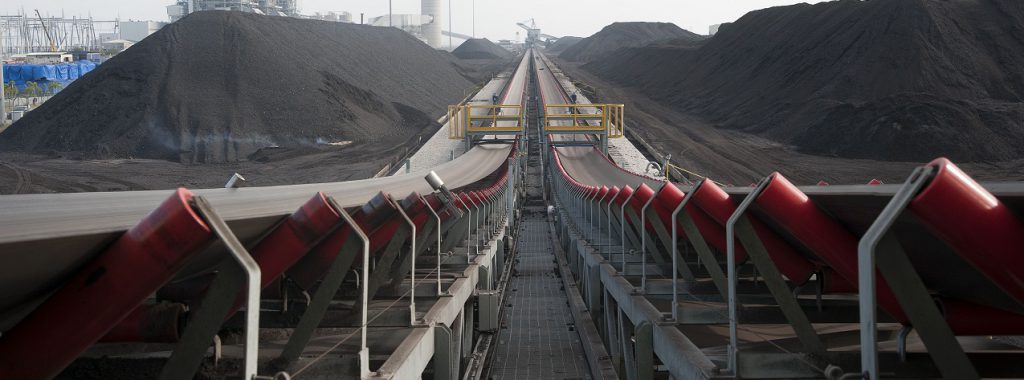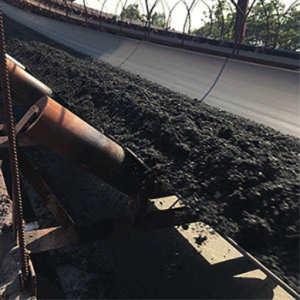What are the chemical properties of various rubber components in rubber conveyor belts?

The rubber belt industry standard needs to involve the use of the following definitions, which users can understand as the previous professional knowledge. The contents are summarized as follows: Compressive strength: the maximum compressive stress that the sample can withstand in the compression test;
Melt flow rate: the amount of thermoplastic material extruded within a certain period of time under specified test conditions;
Elastic modulus: the ratio of the stress to the corresponding strain of the material within the limit of proportion;
Plastic: a material that uses high polymer as the main component and can be flowed and formed at a certain stage of processing into a finished product;
Rubber: It can be modified or has been modified into an elastomer that does not dissolve but can swell in boiling solvents such as benzene, methyl ethyl ketone and ethanol toluene azeotrope. The modified rubber is not easy to be heated and under moderate pressure Re-molded into shape. When there is no thinner, stretch to double the length at standard room temperature and keep it relaxed for 1 minute, and it can be retracted to less than 1.5 times the original length within 1 minute;
Curing temperature: the temperature at which the adhesive or the adhesive in the assembly is cured;
Curing time adhesive: the time required for the adhesive in the assembly to cure under the specified temperature or pressure or both conditions;
Curing time plastic: the time for the plastic to fully harden;
Solid content: the mass percentage of non-volatile substances measured under specified test conditions;
Tensile strength: the maximum stress that a material can withstand before it breaks. When the maximum stress occurs at the yield point, it is called the yield tensile strength, and when the maximum stress occurs at the fracture, it is called the tensile strength at break;
Viscosity: The performance of the fluid to resist stable flow. In the test, it is the ratio of the liquid’s shear stress to the shear rate. Viscosity usually refers to “Newtonian viscosity”. At this time, the ratio of shear stress to shear strain is constant.

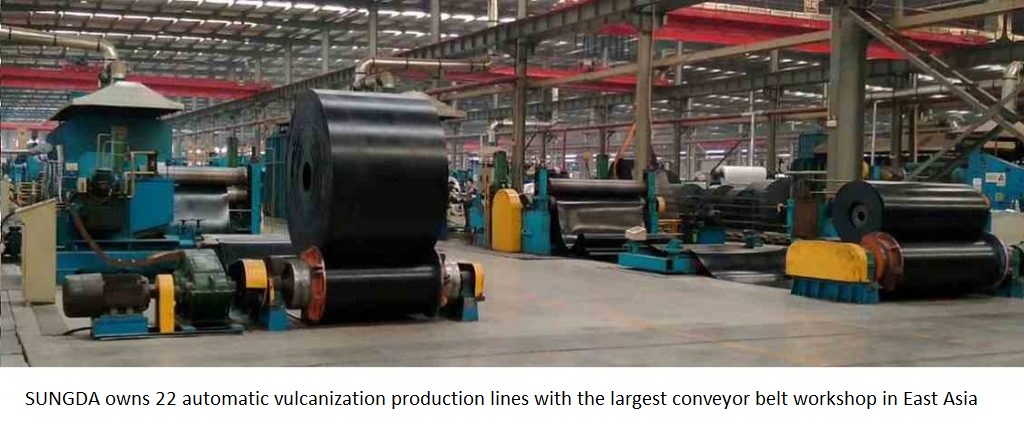
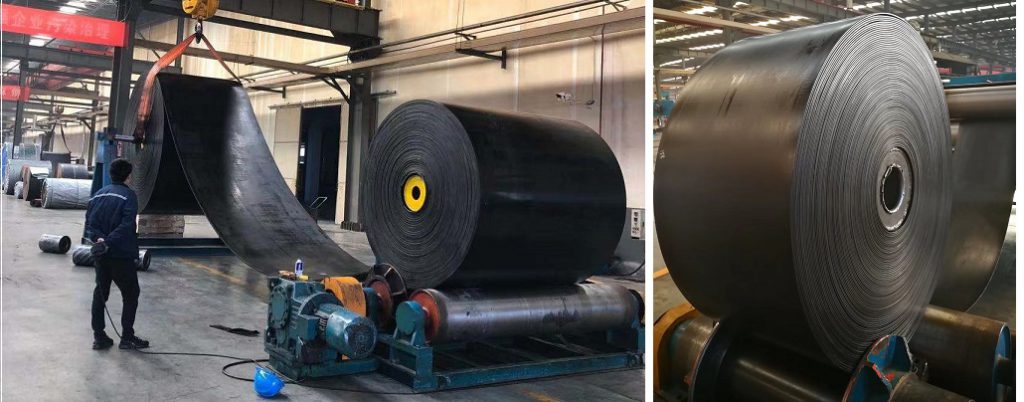


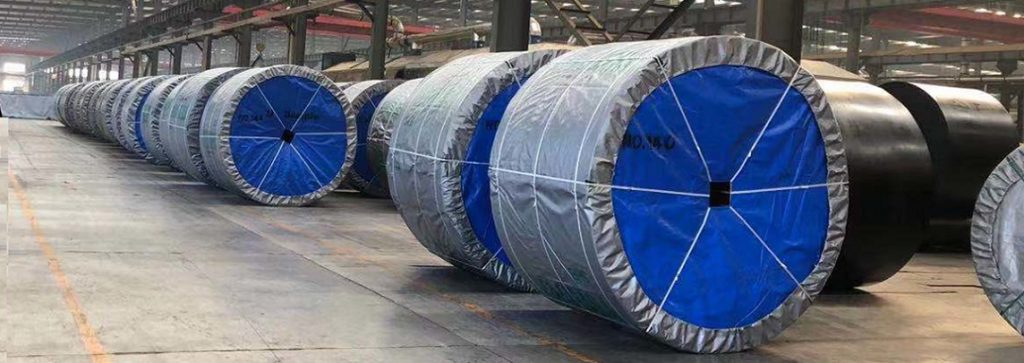

Tags: chemical components,composition,Rubber conveyor belt



